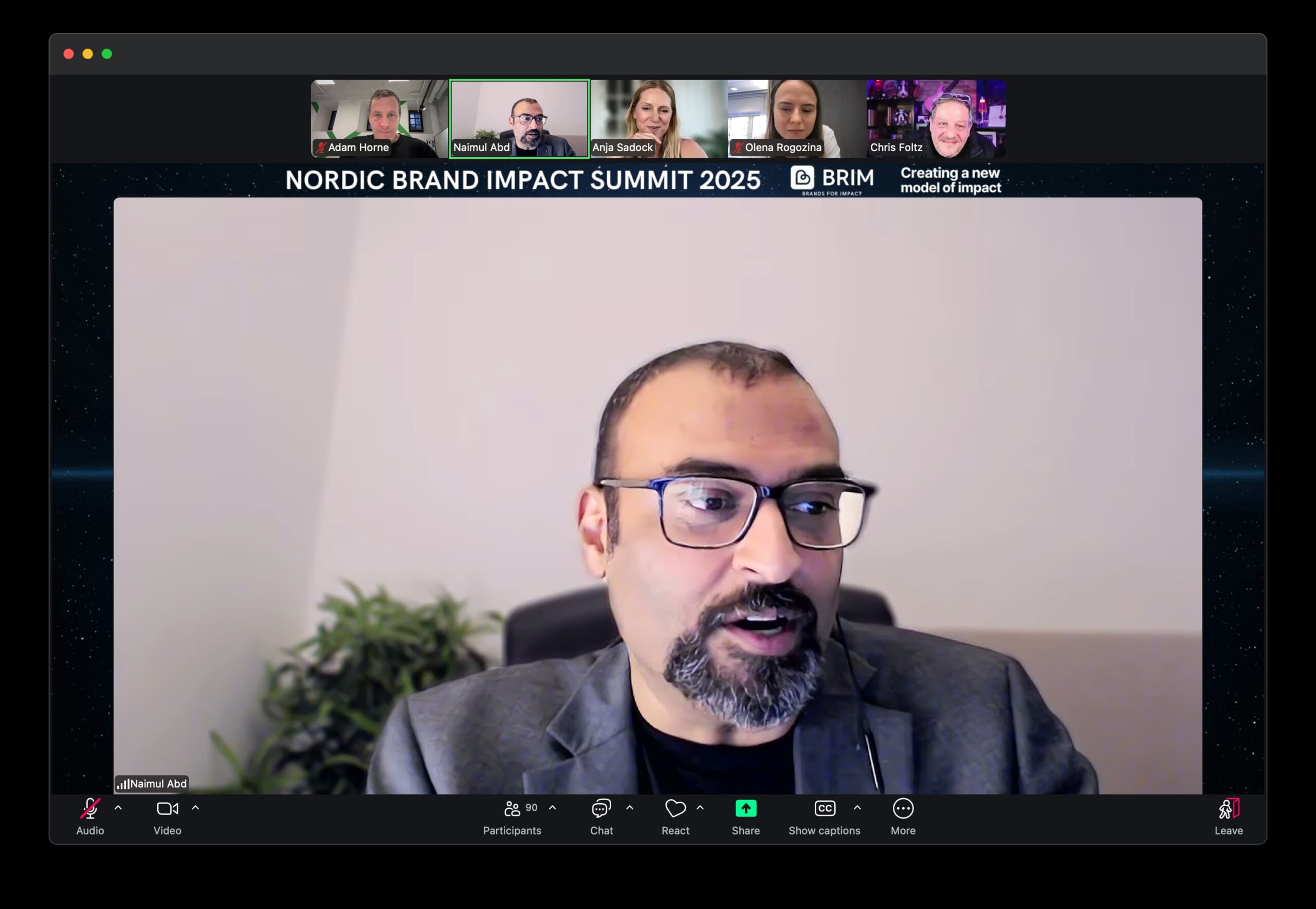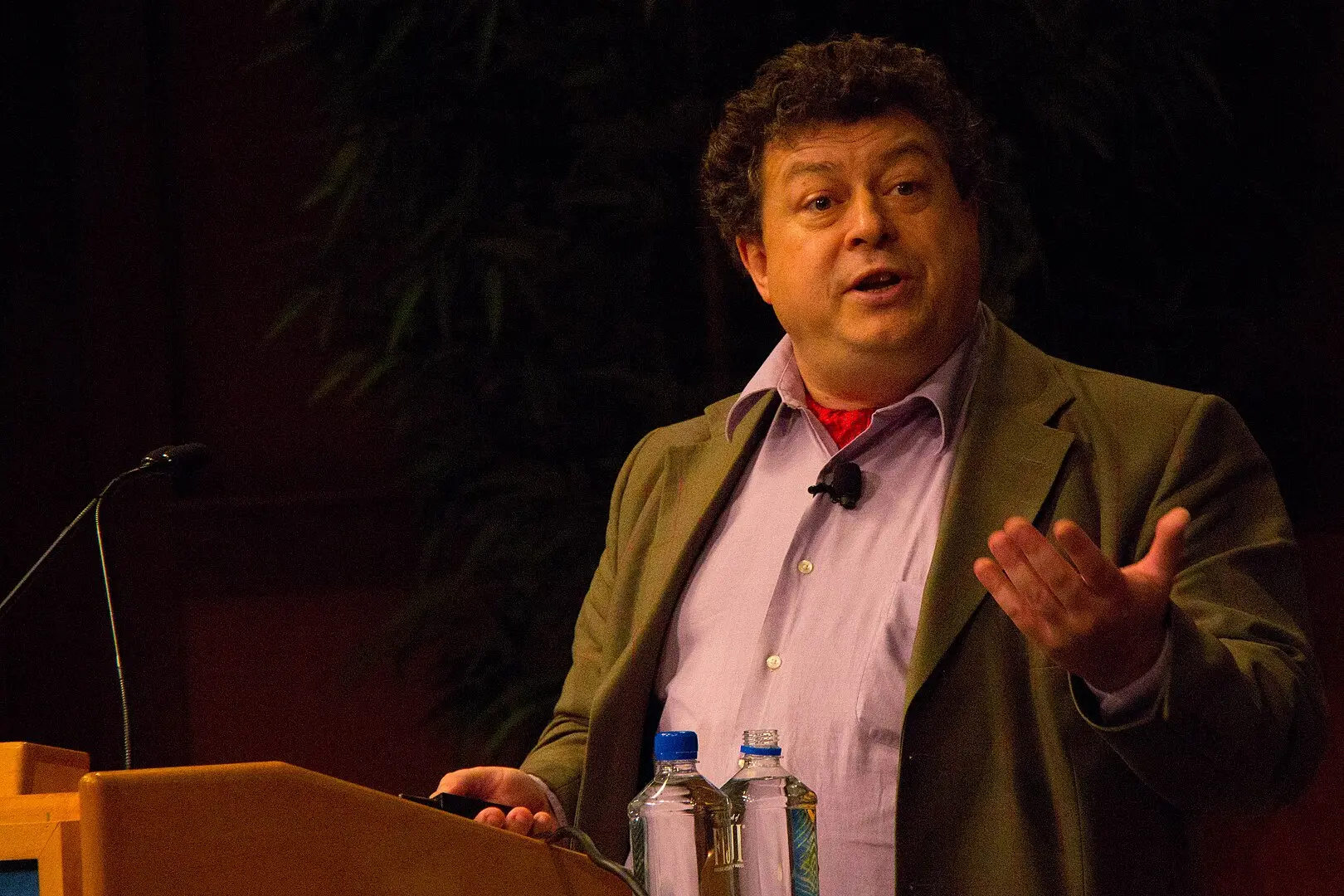Marketing
-

Brands aren’t saving the world. They’re selling it
What if I told you the most powerful force for social change isn’t governments or NGOs, but companies hawking overpriced sneakers? Modern brands have become identity drug dealers. They’re not selling products; they’re selling psychological upgrades. Tesla didn’t revolutionize transportation by lecturing about carbon emissions—they made electric cars faster and sexier than gas guzzlers. Suddenly, saving More →
-

The ensemble era: Why great creative work now has a cast list
In 2019, I asked a simple question (here’s the original blog post). Imagine it’s a decade from now, you’re at Cannes, and the Grand Prix winner was secretly cooked up by an AI. What happens? Do you disqualify the cyborg? Do the planners who asked the right questions, the CDs who picked the idea, and More →
-

Rory Sutherland’s book recommendations and media picks: A personal challenge
I’ve spent the last few months mainlining Rory Sutherland. Who am I kidding, he’s responsible for my interest in behavioural science in comms ever since I saw him talk at Cannes Lions about a decade ago. I don’t know how many hours of podcasts and YouTube clips I’ve consumed, but my brain is buzzing, and More →
-

Beyond the hype: An executive’s playbook for AI in marketing & communications
TL;DR → Frustrated that AI hasn’t revolutionized your creative team? The problem isn’t the AI—it’s your team’s behavior. Instead of just teaching prompts, the article argues for a “total-body operating system upgrade” to change how your team collaborates with AI by default. This isn’t about tools; it’s about rewiring your team’s culture to eliminate fear, More →
-

From insight to impact: A marketer’s guide to driving results with behavioral science
TL;DR → Most marketing underperforms because it treats people as logic machines. Treat them as humans—predictably irrational and beautifully social—and your work gets sharper, faster, and more profitable. Behavioural science gives you the levers; AI gives you the speed. Aizle helps you wire both into your team so you stop renting capability and start compounding More →
